Metals are fundamental in energy construction due to their strength, durability, conductivity, and corrosion resistance. They are used in power plants, renewable energy infrastructure, transmission systems, and energy storage facilities. Below are the key metals and their applications:

1. Structural Metals for Power Plants & Energy Facilities
Steel (Primary Structural Material)
- Applications:
- Nuclear Reactor Containment Vessels (SA-533 Grade B steel for radiation shielding).
- Thermal Power Plant Boilers & Turbine Supports (High-temperature resistant alloys).
- Wind Turbine Towers (High-strength S355 steel for load-bearing structures).
- Types Used:
- Carbon Steel (general construction).
- Stainless Steel (304, 316L) for corrosive environments (e.g., coastal wind farms).
Aluminum (Lightweight & Corrosion-Resistant)
- Applications:
- Solar Panel Mounting Structures (Lightweight, rust-proof).
- Transmission Line Towers (Where weight reduction is critical).
Reinforced Steel (Rebar) for Concrete Foundations
- Applications:
- Nuclear Plant Foundations (Epoxy-coated rebar for corrosion resistance).
- Hydroelectric Dam Reinforcements.

2. Metals for Renewable Energy Infrastructure
Steel & Aluminum (Wind Turbines)
- Applications:
- Turbine Towers (Rolled steel plates).
- Nacelles & Hubs (Cast steel for high stress).
- Blade Reinforcement (Aluminum or carbon steel spars).
Copper & Aluminum (Solar Farms)
- Applications:
- Busbars & Wiring (Copper for efficiency, aluminum for cost savings).
- Solar Tracking Systems (Aluminum for lightweight movement).
Zinc (Corrosion Protection)
- Applications:
- Galvanized Steel Structures (Wind turbines, transmission towers).

3. Metals for Power Transmission & Grids
Aluminum (Overhead Power Lines)
- Applications:
- ACSR (Aluminum Conductor Steel Reinforced) Cables (Lightweight with steel core for strength).
- Advantages: Cheaper and lighter than copper.
Copper (Underground & High-Efficiency Cables)
- Applications:
- High-Voltage Direct Current (HVDC) Cables.
- Transformer Windings.
Steel (Transmission Towers & Substations)
- Applications:
- Lattice Towers (Galvanized steel for durability).
- Substation Structures (Stainless steel in coastal areas).

4. Metals for Energy Storage & Hydrogen Infrastructure
Steel (Battery Enclosures & Hydrogen Tanks)
- Applications:
- BESS (Battery Energy Storage Systems) Containers (Fire-resistant steel).
- Type I & II Hydrogen Tanks (Steel for low-pressure storage).
Aluminum (Lightweight Hydrogen Storage)
- Applications:
- Type III Hydrogen Tanks (Aluminum liner with carbon fiber wrap).
Nickel Alloys (Hydrogen Embrittlement Resistance)
- Applications:
- Hydrogen Pipelines & Valves (Inconel 625 resists H₂ corrosion).

5. Corrosion-Resistant Metals for Harsh Environments
Stainless Steel (Coastal & Chemical Plants)
- Applications:
- Offshore Wind Turbine Foundations (316L for saltwater resistance).
- Geothermal Power Plants (Super duplex stainless steels).
Titanium (Extreme Corrosion Resistance)
- Applications:
- Geothermal Heat Exchangers.
- Desalination Plants (Solar-thermal energy).

6. Emerging Trends in Energy Construction Metals
🚀 High-Strength, Lightweight Alloys → Aluminum-lithium for next-gen wind turbines.
🚀 3D-Printed Steel Structures → Customized brackets for solar/wind farms.
🚀 Smart Metals (Shape Memory Alloys) → Self-repairing structures for power grids.
🚀 Green Steel (Hydrogen-Reduced Iron) → Lower-carbon steel production for sustainable energy projects.
Summary Table: Key Metals in Energy Construction
| Metal | Key Applications | Why It’s Used |
|---|---|---|
| Steel | Nuclear plants, wind turbines, transmission towers | High strength, cost-effective. |
| Aluminum | Solar mounts, hydrogen tanks, lightweight cables |


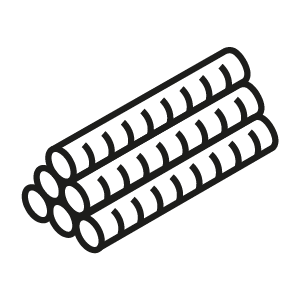

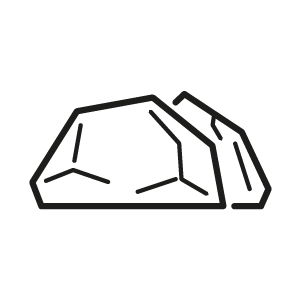
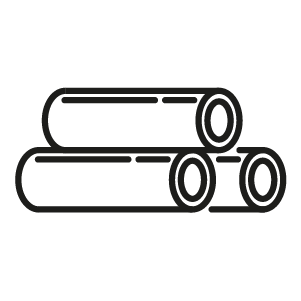
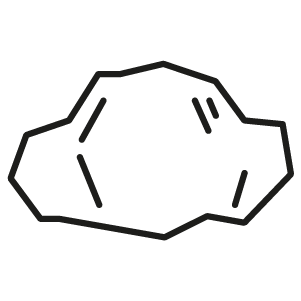
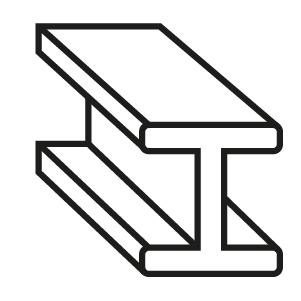

Add comment